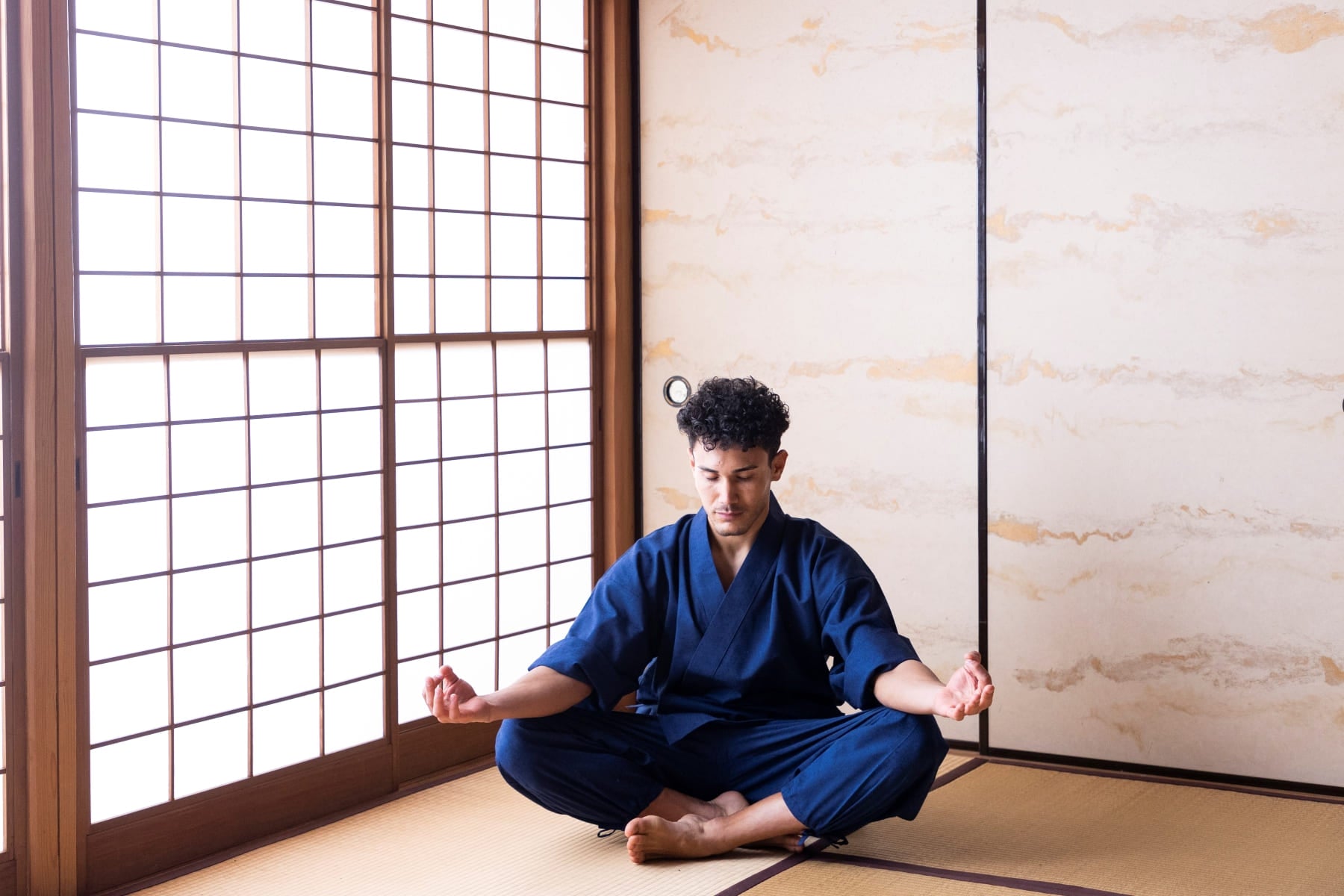Edomoji is a generic term for lettering styles often used during the Edo period (1603-1868). It included those used in sumo wrestling, kabuki, on lanterns, and senjafuda (paper slips posted on shrine pillars by pilgrims); all of which embody the Edo spirit. Originally, each style was used for a different purpose and had a different name. For example, “sumoji” was for sumo wrestling, “kanteiryu” for kabuki, “yosemoji” for entertainment halls, and “kagomoji” for senjafuda. These attractive calligraphic styles that emerged during that period are still used today.
Kagomoji
The bold, thick calligraphic style used on paper lanterns and senjafuda, or paper slips posted on shrine pillars by pilgrims, are called "kagomoji" which literally means “basket letters.”

Kanteiryu
Characterized by soft forms inspired by kabuki dance, the kanteiryu calligraphic style was used in kabuki for scripts, dressing room posters, and other items for internal use (as opposed to promotional items), as well as signboards and programs in kabuki theaters. The size and legibility of the characters were adapted to how and where they were used.

Yosemoji
Used in entertainment halls for storytelling, comedy, magic, and music, yosemoji conveys the thrilling and fun atmosphere unique to such halls. In yosemoji lettering, the characters written in black ink represent members of the audience, and the white space around the characters represent the tatami mats they sit on. Yosemoji characters are written so close to each other to symbolize the hope for “so many people sitting shoulder to shoulder that there are no spaces in between them.” Moreover, yosemoji also connotes good fortune, written in an upward sloping way that embodies the hope for an upsurge in spectators.

Sumoji
Sumo wrestling has a long history that dates to the Heian period (794-1185). However, it was during the Edo period (1603-1867) that sumo wrestling began to be practiced in earnest, and professions related to it were established. Exhibition matches were held throughout Japan, and sumo wrestling flourished.
Sumoji is characterized by straight lines and a few gaps in between characters. Unlike other edomoji, its rough brushstrokes are not disliked, rather, they are valued for their distinct character.

Haori Jacket | Noragi | Indigo

The design of this jacket features the kanji character for "wabi" in the front and the kanji character for "sabi" in the back. Both are in edomoji, a Japanese lettering style with a long history.
Haori Jacket Edomoji | Noragi | Indigo available at MASTER CRAFTSMANSHIP - Made in Japan



